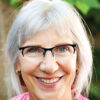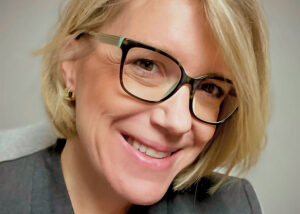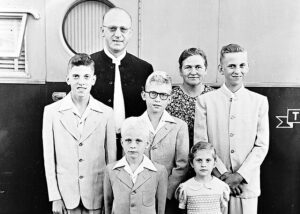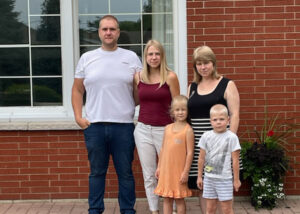Recently the Listening Church video (listeningchurch.ca) was released, in which lesbian/gay/bisexual/transgender/queer (LGBTQ) people speak of their experiences in Mennonite churches. One speaker challenged people “who had changed their minds” to tell their stories. Here I take up that challenge.
Although it was not always the case, I have viewed myself as “gay-positive” for many years. (I no longer know if such a designation is even used or valued. Hopefully, the positive intent carries my meaning.)
Three significant steps mark my conversion:
• As a teenager secure in my parents’ love, I remember thinking there were few things that could strain our bond; one of those was if I were homosexual. Like many others, I grew up with a sense that to love someone of the same sex was abnormal and wrong.
• Then I became a counsellor, and people who were lesbian, gay and bisexual came into my office. By and large, they were lovely people: generous of spirit; inspiring in the ways they tended their wounds; yearning to be in loving and faithful relationship with God and the church; and kind, playful and funny. By training, counsellors look for health, with an eye to determining what steps and behaviours lead to wholeness. Without exception, each one of these men and women became healthier and more emotionally sound as they named themselves as gay, lesbian or bisexual. Accepting their own identities and revealing themselves to their communities were essential to their well-being.
• Then I was introduced to the term “heterosexism,” meaning, according to Wikipedia, “a system of attitudes, bias and discrimination in favour of opposite-sex sexuality and relationships. It can include the presumption that other people are heterosexual or that opposite-sex attractions and relationships are the only norm and, therefore, superior.”
People spoke to me about the complexities of dating: “I don’t really know for sure if he’s gay, so I’m not sure if I can signal my attraction to him.” Or of the barrage of cruel jokes that surround them in schools, churches and workplaces. Or of even the simplest act of kissing one’s loved one in public, like I do with ease when I greet my husband. Once I understood the term, I saw its presence everywhere, and saw that I benefitted from it, while non-heterosexuals struggled under its suffocating norms.
From these influences, I moved towards a personal desire for LGBTQ people to be fully accepted in society and in the church. Ken Wilson’s A Letter to my Congregation was useful in my understanding of biblical material, as was a Bible study conference, “Seeking to be faithful together: The Bible and same-sex relationships,” with presenters Dan Epp-Tiessen, John H. Neufeld and Michael Pahl, that is available online through commonword.ca. (See a report on the event here.)
I have participated wholeheartedly in Mennonite Church Canada’s current discernment exercise, Being a Faithful Church, on same-sex attraction and relationships. At points, it has been unimaginably difficult, yet I know that my “muscles” and those of the people around me are being stretched and strengthened. I am heartened by churches that are making space for the full inclusion of all people, regardless of sexual orientation. Paul’s spirited letter to the Galatians proclaims new life in Christ that shatters old categories of in/out, righteous/defiled, welcomed/rejected. His summary declaration offers words on which to stand: “The only thing that counts is faith working through love” (Galatians 5:6).
Melissa Miller (familyties@mymts.net) has a passion for helping people develop healthy, vibrant relationships with God, self and others.
See also “When the Church Listens.”







Leave a Reply
You must be logged in to post a comment.